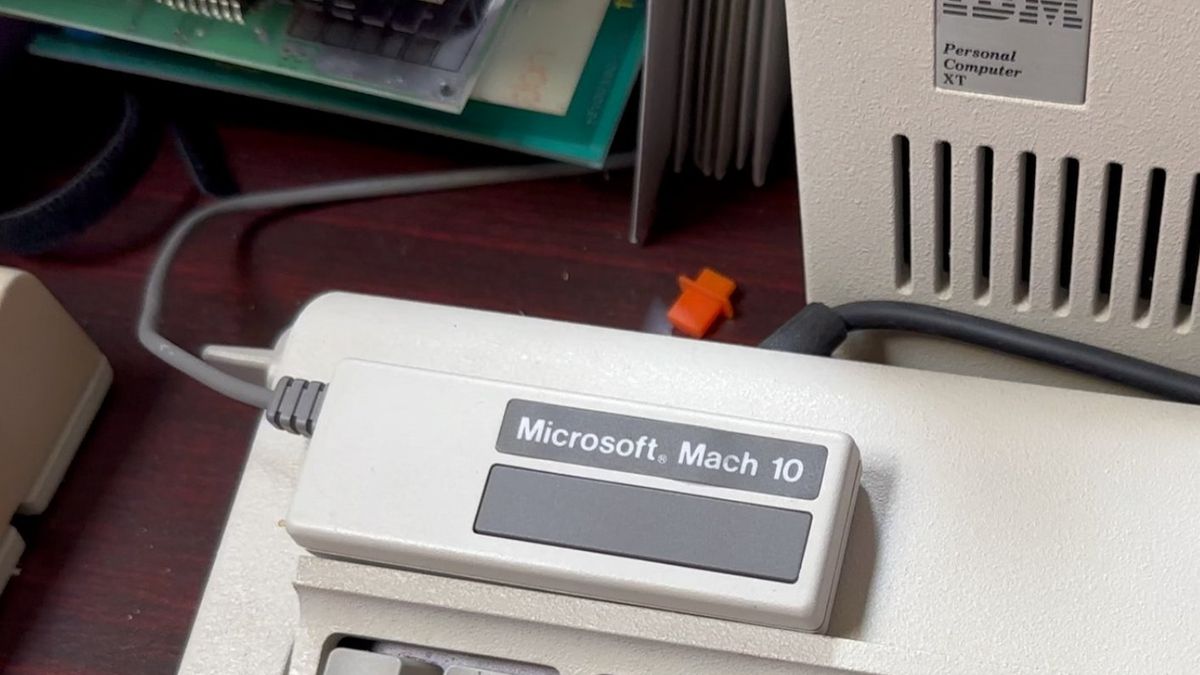Newell Brands, the maker of Rubbermaid, is facing a class action lawsuit for its claims that the plastic-based containers are "microwave safe" and "freezer safe." The complaint alleges that despite the products' marketing, they can release microplastics into food when used as directed. Ziploc was hit with a similar class action lawsuit earlier this week.
Ziploc storage bags are made from polyethylene and polypropylene. These types of plastics are known to release microplastics into foods when exposed to extreme temperatures, something that is not mentioned on Ziploc's packaging.
"Repeated exposure to extreme temperatures -- cold or hot -- stresses plastic materials and can lead to the breakdown of their surface layers, releasing tiny plastic particles into food," said Brad Younggren of Circulate Health.
When you microwave food in plastic, the heat accelerates how much microplastics leach into the food. "Similarly, freezing and thawing cycles can cause structural degradation that also encourages microplastic release, not unlike how freezing temperatures crack pavement in winter," Younggren said.
The misrepresentation of plastic products and the lack of disclosure have exposed millions of families to ingesting microplastics.
The average person intakes between 39,000 and 52,000 microplastic particles each year, and that number increases to 120,000 when airborne particles are accounted for. There's no established "safe" or "unsafe" level of microplastic consumption, which is why it's important to know where microplastics come from and how to reduce ingestion.
What's the deal with microplastics?
Microplastics have long been a topic of conversation, mainly because they're important environmental pollutants. But these tiny plastic fragments don't just negatively impact the earth; they have potentially health impacts, too. Some days, it feels like we're regularly discovering a surprisingly high amount of microplastics lurking in our bodies. Scientists recently found high concentrations of microplastics in the brains of cadavers.
While the US Food & Drug administration says scientific evidence doesn't suggest that the amount of microplastics in foods is a risk to our health, not all doctors are convinced. Microplastics located in the blood vessels have been linked to a higher risk of heart attack and stroke. Research has also found tissue inflammation, cell death and lung and liver impacts because of microplastics. That said, there's still plenty we don't know about the effects of microplastics.
What we do know is that microplastics are everywhere. They're in the burned-down plastic spoon you should have thrown away years ago or the plastic-wrapped foods at the grocery store. However, it's not just how we package our foods. Microplastics can enter our food through soil and water contamination where they're grown.
Since microplastics touch so many areas of our lives (did I mention they're also in the synthetic fibers of our clothing?), it can feel challenging to outrun them completely. While there's no established safe or unsafe level of microplastic consumption, most of us want to minimize our contact with them as much as possible.
How can I limit my microplastic intake?
This news doesn't automatically mean that plastic storage containers aren't safe to use. They remain one of the most affordable and convenient options for many families. However, it's not a bad idea to avoid freezing and microwaving them in the future. If you want to limit your family's consumption of microplastics even further, it's best to minimize your use of plastic in the kitchen. Remember, microplastics aren't just in plastic bags or containers.
Top places microplastics lurk in your kitchen:
- Nonstick cookware
- Plastic cooking utensils
- Tea bags
- Plastic straws
- Canned food lining
- Plastic cutting boards
So you should probably stop using Ziploc bags to freeze and microwave your food. But where does that leave you? Younggren suggested opting for non-plastic alternatives when you can.
"We recommend microwave-safe glass containers as safer options," Younggren said. Glass containers are more stable under temperature stress, so the risk of microplastic contamination is lower.
There are things you can do beyond changing how you store your food. You can opt for wood cutting boards instead of plastic, or use loose tea leaves or cook in cast iron. You'd probably be surprised by how much plastic is in your kitchen. A good rule of thumb when cooking is to note how often your food comes into contact with plastic. It's difficult to cut it entirely out of your life, though any strides you can make will reduce your microplastic intake.
The information contained in this article is for educational and informational purposes only and is not intended as health or medical advice. Always consult a physician or other qualified health provider regarding any questions you may have about a medical condition or health objectives.
Medical and Mental Health








 English (US) ·
English (US) ·